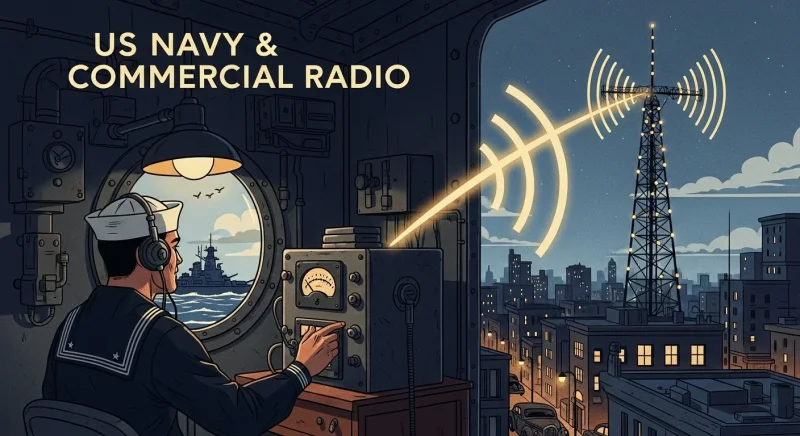Have you ever wondered what those three-letter codes on your boarding pass, like IST, LAX, or CDG, actually mean? These are IATA codes, and they are the global standard that makes your luggage (usually) end up in the same city you do.
However, these aren't the only codes out there. Pilots and air traffic controllers use a completely different, 4-letter system (ICAO codes) for flight planning and operations. In this guide, we will explain everything you need to know as a traveler, cover the key differences, and finally demystify the strange stories behind the most confusing codes.
What's the Difference? IATA (3-Letter) vs. ICAO (4-Letter) Codes
This is the most important distinction to understand. While they both identify airports, they serve completely different purposes. For you, the traveler, only the 3-letter IATA code matters.
IATA Codes (e.g., ORD, LAX, LHR): The Traveler's Code
What it is: This is the code assigned by the International Air Transport Association.
Who uses it: Airlines, travel agents, and passenger baggage systems rely on this code. It's what you see on airport departure boards and when you book a flight. It is fundamentally a commercial code for passenger travel.
ICAO Codes (e.g., KORD, EGLL): The Pilot's Code
What it is: This code is assigned by the International Civil Aviation Organization.
Who uses it: Pilots, air traffic controllers, and flight planners use this for all operational matters, such as flight plans and navigation. You will almost never see this code as a passenger. The added letter often designates a region (e.g., "K" for the continental US, "E" for Northern Europe, "L" for Southern Europe).
So, to answer a common question: Pilots and ATC use ICAO codes. When your pilot plans a flight from London to Chicago, their flight plan reads EGLL to KORD, not LHR to ORD.
How Are Airport Codes Decided? The (Sometimes Weird) Naming Rules
While some codes seem logical, others are famously bizarre. The naming convention isn't random; it's just based on a set of rules that have evolved over time, sometimes with strange results.
Rule 1: Based on City Name
This is the most simple and common rule. The code is an abbreviation of the city it serves.
- AMS: Amsterdam
- SIN: Singapore
- BCN: Barcelona
Rule 2: Based on Airport Name
When a city has multiple airports (or the city name is taken), the code is often based on the airport's official name.
- CDG: Charles de Gaulle (Paris)
- JFK: John F. Kennedy (New York)
- LHR: London Heathrow

Rule 3: The "X" Filler Letter
You may have wondered why Los Angeles is LAX. This is a historical quirk. In the 1930s, airport codes were only two letters. As aviation boomed, the system was expanded to three letters. Many airports simply added an "X" to the end of their existing two-letter code.
- LA became LAX
- PD (Portland) became PDX
- PH (Phoenix) became PHX
Rule 4: "N" Codes and Radio Stations (US/Canada)
This rule explains some of the most confusing codes in North America. In the United States, codes starting with "N", "K", and "W" were reserved for the US Navy and commercial radio stations. This meant cities starting with "N" couldn't use it.

- Newark couldn't be "NEW," so it took its code from its name: Ewer (EWR).
- In Canada, a similar system meant most major airports received a "Y" prefix, which explains why so many Canadian codes seem unrelated to their city name.
The Stories Behind Famous (and Confusing) Airport Codes
This is where the history gets really interesting. Many codes are fossils, preserving names that have long since been forgotten.
Why is Chicago O'Hare ORD?
This is the most famous example. Before it was renamed O'Hare in 1949, the airfield was a manufacturing plant for Douglas C-54 transport planes. Its name was Orchard Field. The code ORD is a direct remnant of that original name.
Why is Toronto Pearson YYZ?
This is a classic example of Rule #4 (Canada's "Y" prefix). The airport was originally known as Malton Airport, and its assigned station code was "YZ". The "Y" was added to the front as the standard Canadian identifier, creating YYZ.
Why is New Orleans MSY?
The full name of the airport is Louis Armstrong New Orleans International Airport. But its code, MSY, comes from its original location: the Moisant Stock Yards.
Why is Orlando "MCO"?
Orlando's main airport is built on the site of a former US Air Force base. The code MCO honors that base's name: McCoy Air Force Base.
How to Find Any Airport Code (A-Z Lists & Tools)
While you could search for A-Z lists or PDF documents, this is not a practical way to find a code. The best and most accurate method is to use the tools that travel professionals use.
We recommend two simple, official ways:
- IATA's Official Search: IATA maintains its own search tool on its website where you can find the code for any airline or airport.
- Airline & Booking Sites: The easiest way is to simply start typing a city name into the search bar on any major airline or booking site (like Skyscanner, Google Flights, or your favorite airline). The correct 3-letter IATA code will instantly appear next to the city name.
![Kartalkaya Ski Pass Prices [year]: Lift Tickets, Lessons & Rental Fees](https://www.rotasenin.com/uploads/2025/11/kartalkaya-private-ski-lesson.webp)

Comments (0)
Sign in to comment
Report